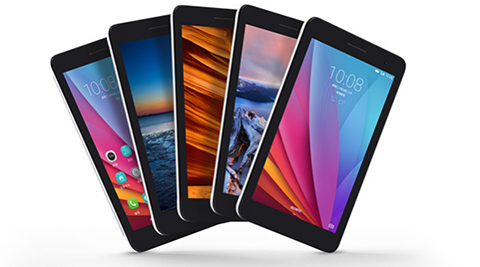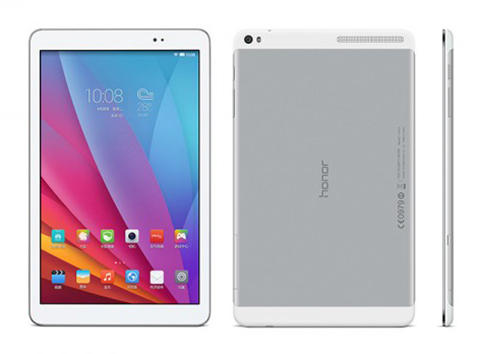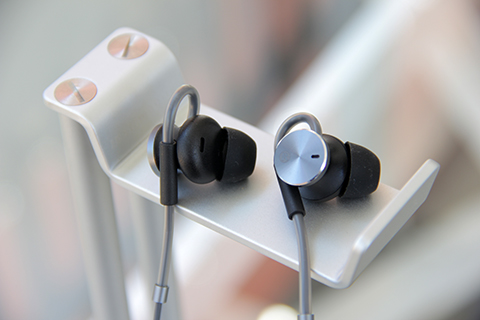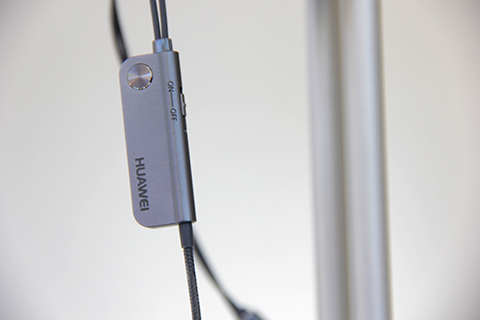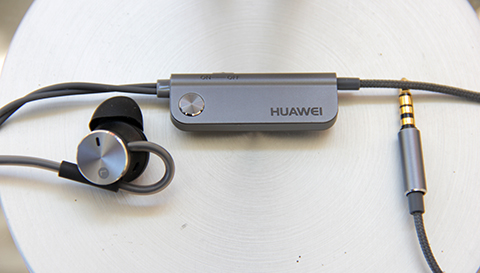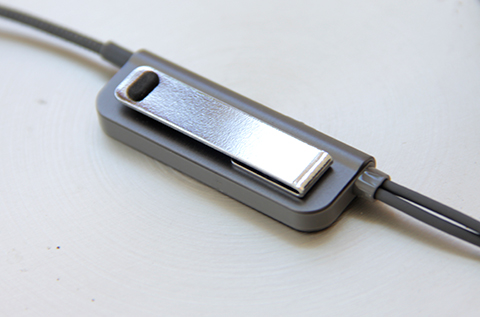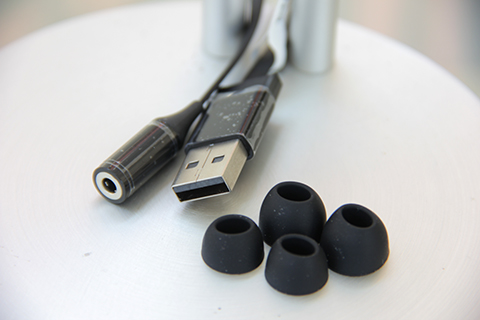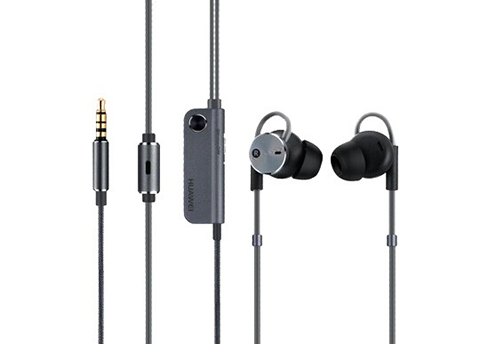WHEN you first hold the Huawei Ascend Mate7 in your hand, what is immediately apparent is how sleek its design is. At 7.9 mm thin, the Ascend Mate7 is a well-built device with top-of-the-line specifications worthy of a flagship device.
I tested the phone for a few days this week and found the device a great option for those who prefer their phones with larger screens.
The Ascend Mate7’s 6-inch screen is bright and sharp. While it’s not quad HD, the difference isn’t by much, at least as far as I can see. I use an LG G3, which is a quad HD phone, and I didn’t see any glaring difference with the Ascend Mate 7’s display.
The phone packs a powerful octa-core CPU that’s more than up to the task of running any app or game. In my few days of using the device, I found it very responsive and quite zippy. I loved using it for work – managing emails with Mailbox, taking down and organizing notes using Google Keep and Evernote, working with interns in our startup via Slack, writing and editing using Google Docs, reading articles and keeping up with news updates via apps Flipboard, Pocket and Zite.
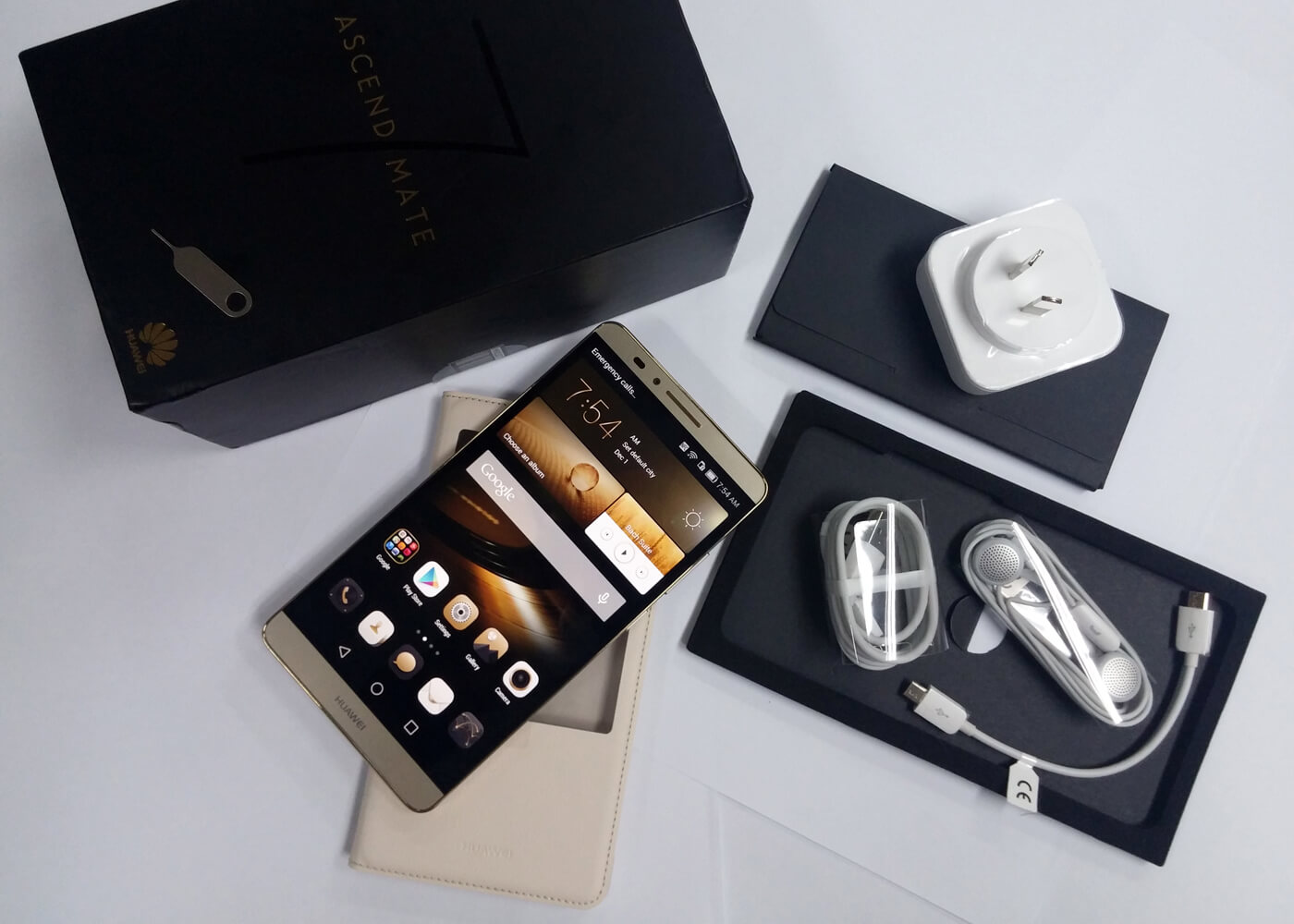
UNBOXING THE ASCEND MATE7. The Huawei Ascend Mate7 is a great phablet with long battery life (Photo by Max Limpag)
Powerful octa-core processor
I also used the phone to watch a couple of episodes of my favorite TV series The Newsroom, Person of Interest, Forever and The Flash and found the experience even better than watching these shows on the G3, primarily because of the larger screen and the more responsive performance of the Ascend Mate 7.
And what a processor it is. According to the company website, “boasting octa-core architecture, Ascend Mate7 has an intelligent Huawei Kirin 925 processor made up of four large A15 1.8 GHz and four small A7 1.3 GHz chipsets which are activated in different configurations depending on the power needs of a specific app or function so the smartphone can be smarter with power management.”
The phone saves up to 50 percent of battery life by using smaller A7 cores to run standard apps, which the company said consumers use “at least 80% of the time.” The phone uses the bigger A15 processors for high-demand use such as in gaming.
That explains why the phone was such a joy to use when I tried out a few games in it.

PHABLET. The Ascend Mate7 has a 6-inch display, about the right size to use your phone as your main portable computer. (Photo by Max Limpag)
Great battery life
The Ascend Mate7 has a 4100 mAh non-user removable lithium polymer battery – a beast considering its svelte frame. I got the device about half-way charged on a Monday and it still had power even by Wednesday night, after more than a day of heavy use taking photos – often trying its rapid-fire multiple shots capability by pressing continuously on the shutter button – watching TV shows, listening to music and podcasts and trying out a few games.
I gave it a full charge Wednesday night and used the phone for reading, checking emails and keeping up with news on Thursday and then doing a factory reset on Friday before returning the device and it still had more than 85 percent battery charge. Like I said, a beast.
The phone comes with an ultra power saving feature that the company said “is designed to intelligently shut down the most battery draining features as your phone starts to lose power, meaning that you get extra life with the last 10 percent of your battery.”
Emotion UI
The phone comes with Huawei’s EMUI or Emotion UI and it looks good. I’ve long used Nova Launcher and when I tried EMUI for the first time with the Ascend Mate 7, I found it visually refreshing and actually liked the experience of using that interface with the phone. I tried out a few of its themes and the selection was good.
The phone comes with Android 4.4 or Kitkat, the penultimate version as of this year.
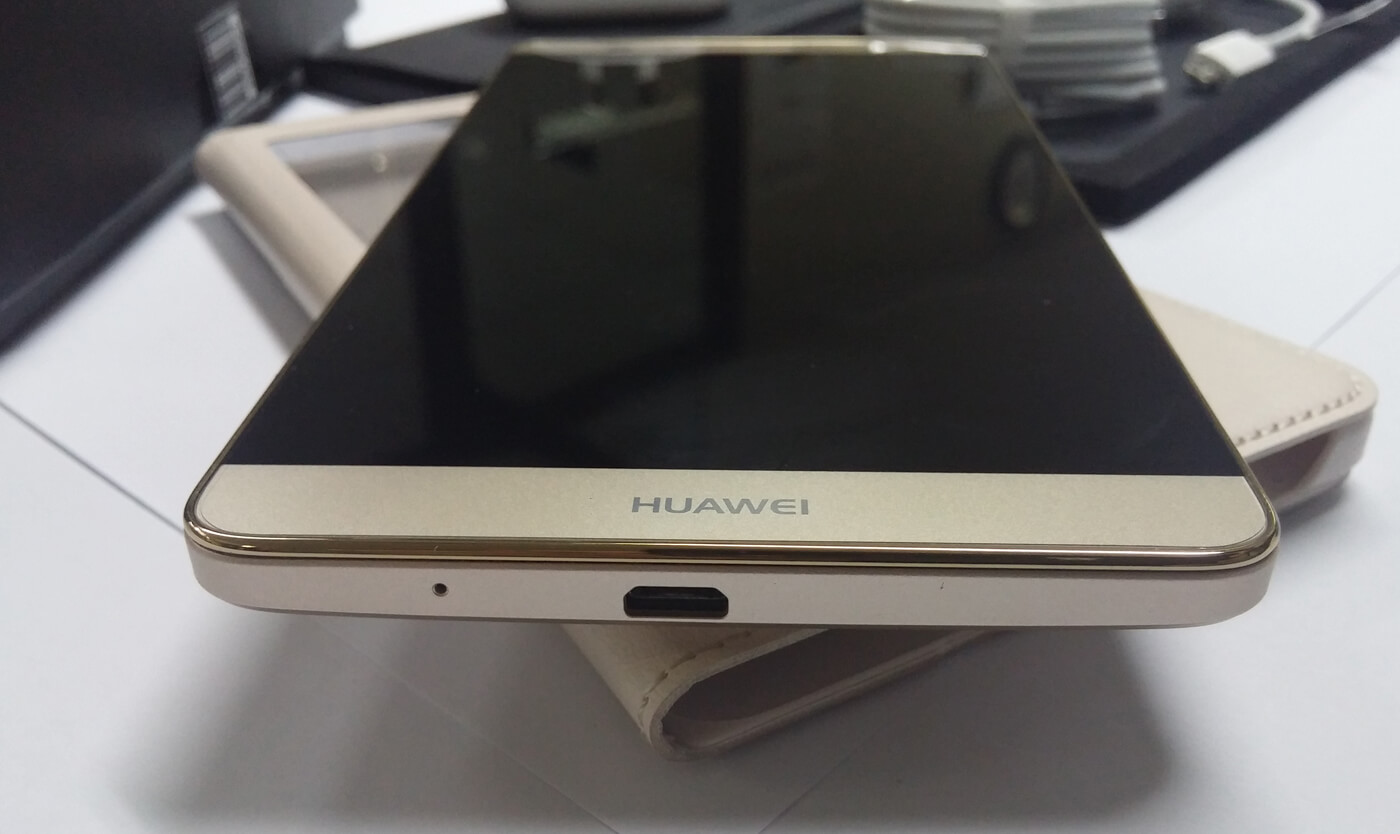
THIN FRAME. The Ascend Mate7 is just 7.9mm thin and looks very sleek. (Photo by Max Limpag)
Fingerprint scanner
The Ascend Mate7 comes with a fingerprint scanner located just below its camera lens. The company said the phone is “possibly the market’s first six-inch smartphone with instant single-touch fingerprint access to put an end to password fatigue.”
“It enables users to unlock the phone at least 80 percent faster than devices that use a slower sweeping recognition option,” Huawei said in its website.
I tried it on the test unit and it does live up to the company’s promise. The phone took only one touch to unlock the device using my fingerprint – a pretty nifty feature that saves you a lot of time (multiply the time it takes to enter your PIN by the number of times you check your phone in a day and you’d get a peek into how much time the system saves for you – time you can then on the latest viral mobile game).
Camera
The Ascend Mate7 comes with a 13-megapixel camera with autofocus and LED flash. It’s front camera is 5 megapixels. I used it to take a few test photos and liked the results, especially those taken in low light condition. It’s at par with my favorite cameraphone, the LG G3. The phone can do 1080p video recording and playback.
Storage
The phone comes with 16GB built-in memory that is expandable through a microSD card up to 128GB.
Connectivity
Since the test was only for a few days, I didn’t bother inserting a SIM. After all, calling is among the least of the things we do on our phones today.
But the company says the Ascend Mate7 uses a “dual antenna optimized to provide fewer dropped calls and smooth 4G LTE navigation.” It said the the device is compatible “with a wide range of network spectrums worldwide . . . and uses smart antenna switching to intelligently detect the strongest signal, choosing the ideal source for emission or reception of data.” The company said the device uses Cat6 4G LTE technology with a download rate of up to 300 Mbps within a compatible network.
The test unit I used was the amber gold model and it looked really good. Other colors are obsidian black and moonlight silver.
The package comes with a good quality folio case along with noise reducing earphones that, according to the company, “use active noise reduction technology to block out background sound and provide an immersive and crystal-clear audio experience for music, movies and calls.”
The Huawe retails for P27,890 in regular phone stores and in retailers like Thinking Tools, which lent the unit used for this review.
For its price, the Huawei Ascend Mate7 is a great phablet that should be on top of your list if you’re planning to upgrade your phone this year.
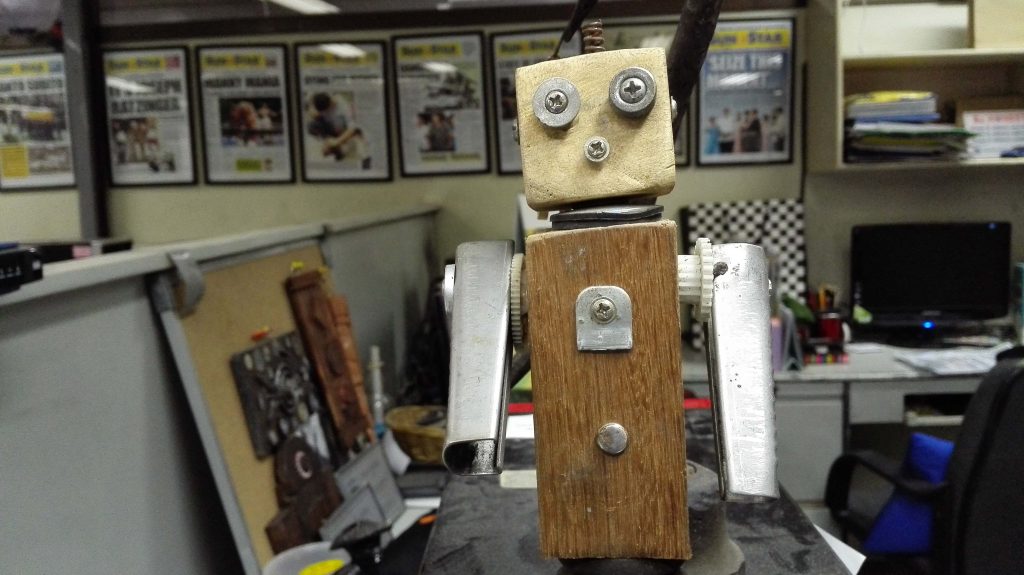
TEST PHOTO. A test photo taken with the Huawei Ascend Mate7 of the wooden robot on top of my computer in the Sun.Star Cebu central newsroom. Click on the photo to view the full size. I did not edit the photo and merely compressed it to save on file size using the TinyJOG service. (Photo by Max Limpag)
Huwaei Ascend Mate 7 specs
RAM: 2 GB
ROM: 16 GB
Display: 6 inches FHD Screen,1080p (1920 x 1080), 368PPI, 16M colors
CPU: Hisilicon Kirin 925 4×1.8GHz + 4×1.3GHz + 1x230MHz
OS: Android 4.4/Huawei Emotion UI 3.0
Camera: Rear: 13 megapixels, 4128 x 3096 pixels, autofocus with LED flash, 1080p at 30fps; Front: 5 megapixels, 720p
Battery: 4100mAh
Height: 157.0mm
Width: 81.0mm
Thickness: 7.9mm
Weight: 185g (including the battery)
The post REVIEW: Huawei Ascend Mate7: This is the ‘droid you’re looking for appeared first on Leon Kilat : The Tech Experiments.

